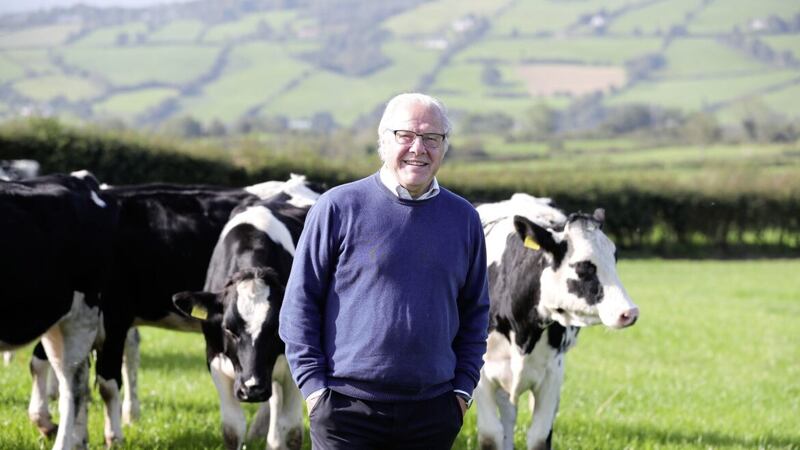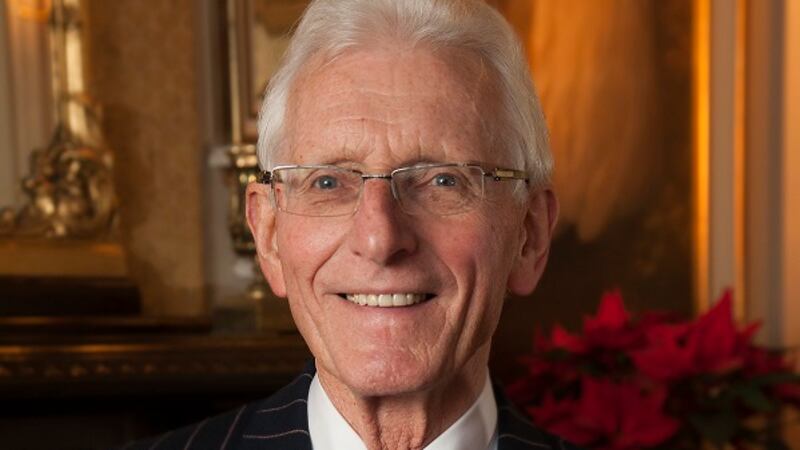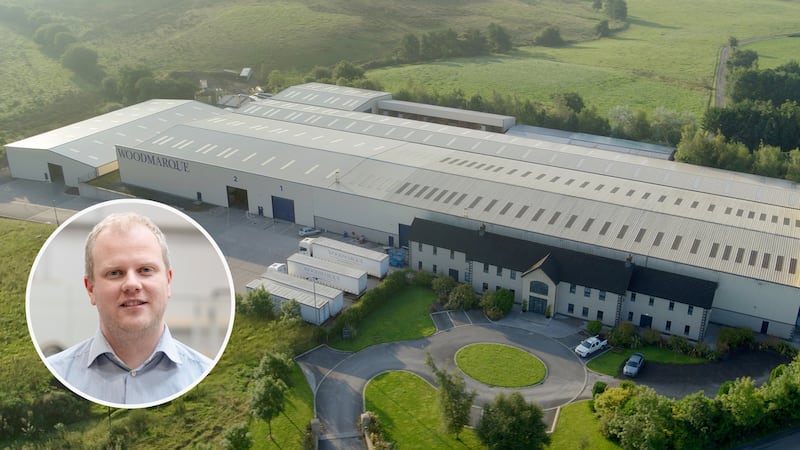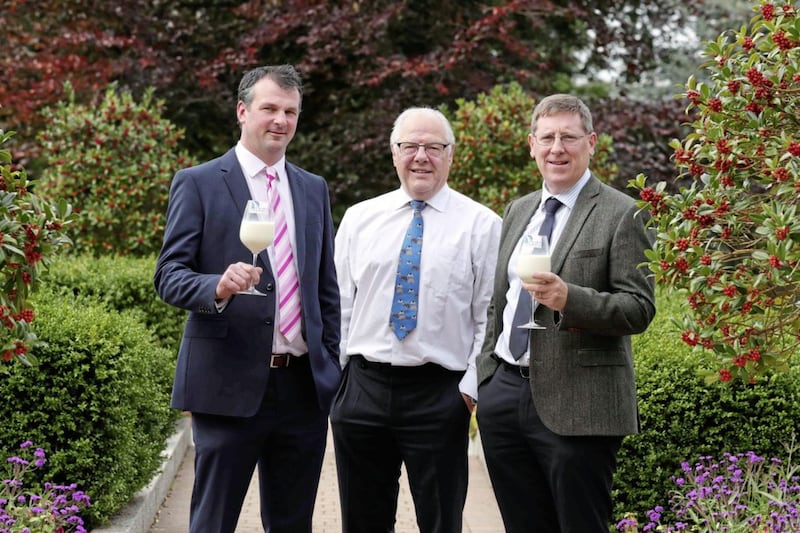AS one of the longest-serving chief executives in the north, Mike Johnston has seen some changes.
He's been a long-term advocate and a very public face of the region's agricultural sector in an unstinting role at the helm of the the Dairy Council for Northern Ireland.
“I took over in 1989, so it's been a long haul,” said Dr Johnston (72).
He has confirmed that he'll step aside at the start of October, to be replaced by Ian Stevenson, currently chief executive of the Livestock and Meat Commission.
“But I won't just be riding into the sunset, left doing the school runs. I'll be trying to give something back in some capacity,” he adds.
“It's incredible to think back over those 34 years and see the changes in the dairy industry, not just in the people, but in its structure and the way in which milk is produced and processed. The technology that is now involved is quite incredible.”
Dr Johnston himself doesn't come from a farming background, though his grandparents were farmers and his wife is a farmer's daughter.
“I spent a lot of time down on my grandparents' farm, have milked cows and done lots of other stuff, so I wasn't a complete novice,” he says.
When he took on the CEO post, there were 11,000 dairy farming families in the north. Today there are 3,000.
“Back then, we were producing 1.5 billion litres of milk year. Now we're doing 2.5 billion with roughly the same number of cows. The genetic improvement in the herd has been unbelievable and the management of the industry has improved quite significantly.”
Modern genetics programmes are providing dairy farmers with tools and data, allowing them to make better and more informed breeding decisions which create breeding practices that are more productive.
“But it's not just around genetics. There is so many programmes ongoing in areas like Lidar, which will create a highly detailed 3D map of every field Northern Ireland and measure the biomass of every tree and hedge.
“There's also the Soil Nutrient Health scheme, a rolling four year programme, unique in the world, where 700,000 fields will be analysed for nutrient content, so farmers will be better able to manage their ground.
“I could never have dreamt back in 1989 that such amazing technology would become part of everyday life in agriculture and will bring so many long-term benefits.
“In fact, the picture is so bright now that there's even a trend emerging of younger farmers coming into dairy.
“They'd maybe have been involved in beef production before. It's a trickle at the minute, but younger farmers see their future more in dairy than beef, which is great.”
Dr Johnston has lived though generational changes in his profession, notably the volatility which beset the sector in 2007 when the EU scrapped export refunds.
“There was, in fact, more volatility in dairy than you'd see in currency markets, and farmers here have had to learn to live with it.
“The other big challenge for farmers today is managing their margins, because their input costs have rocketed over the last 18 months.”
And last year, Boris Johnson’s ‘dual regulatory framework’ also threatened the future of what is the biggest all-Ireland integrated industry (the dairy sector is worth £1.5 billion a year to the Northern Ireland economy).
“That bill was envisaging a dual regulatory regime, where goods entering Northern Ireland could be produced either to UK or EU standards.
“But it was massively problematic, because if for example the grain being fed to cattle was grown with pesticides not permitted in the EU, we could no longer be able to send our milk for processing in the Republic.
“More than a third of our milk output, about £600 million's worth, goes to the Republic, so if we didn't have that option, we would have had nowhere to go and it would have devastated our industry.
“The Protocol was generally working for our milk, but that dual regulation bill simply had to go, which it did and which was was one of the reasons we welcomed the Windsor Framework. We need that unfettered access to the single market.”
A handful of dairy companies in Northern Ireland (Lakeland is the biggest, followed by Dale Farm) purchase and process just over 90 per cent of the milk produced each year by the region's 2.5 billion dairy herd (2,300 people are employed by the north's dairy processors).
Dr Johnston's legacy is that he leaves behind a dairy sector on the cusp of a new era, where the focus will be on nutritional, environmental, social and economic sustainability.
And while his tenure officially ends on October 1 (you imagine there might be milk in his veins instead of blood), he is still likely be a key figure albeit on the periphery of the sector.
Dairy Council chairman Dermot Farrell said: “We are grateful to Mike for his dedication and work over the past three decades, a period when the dairy sector locally, nationally and internationally has seen significant change.”





